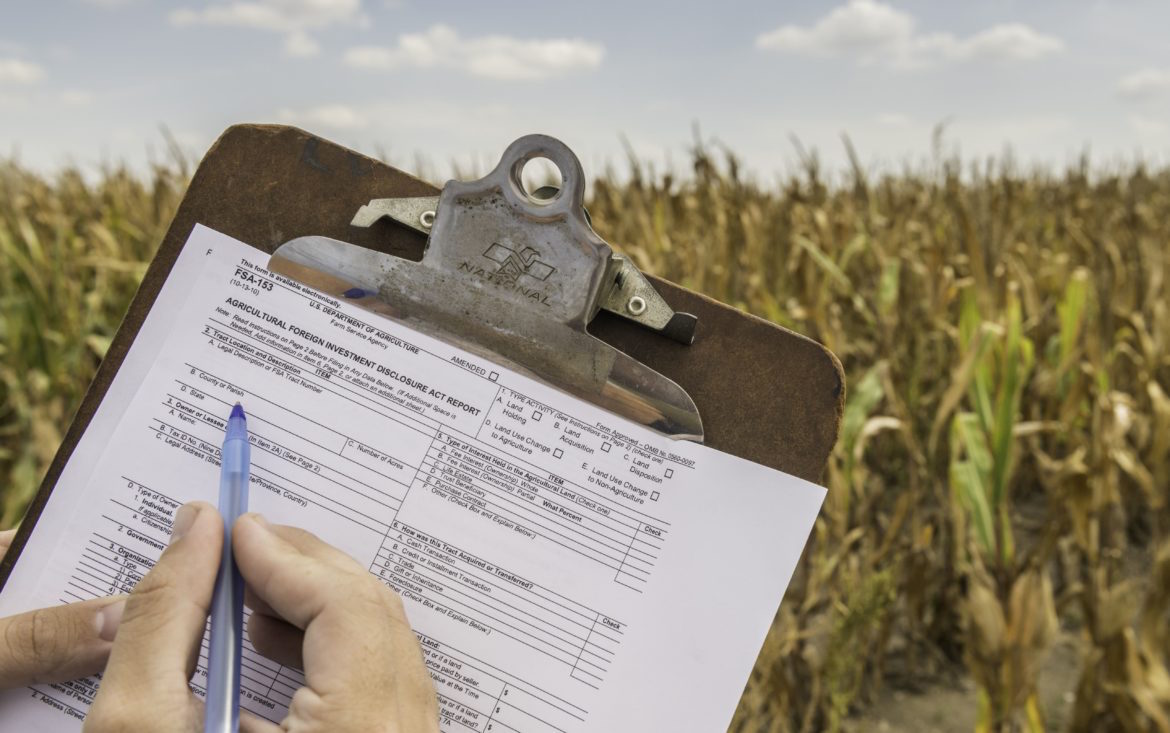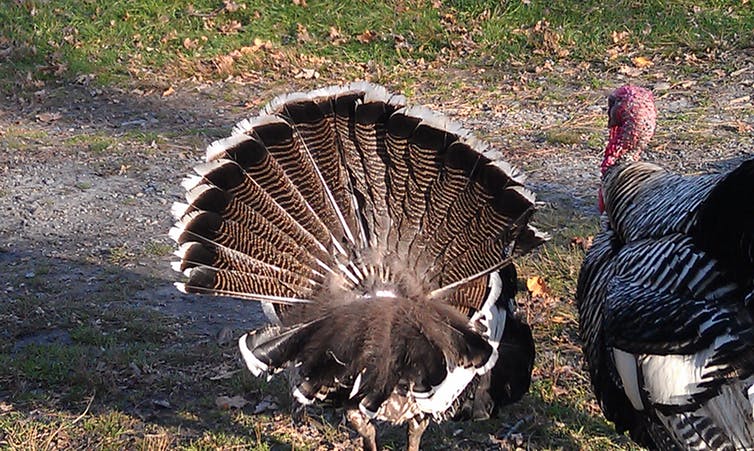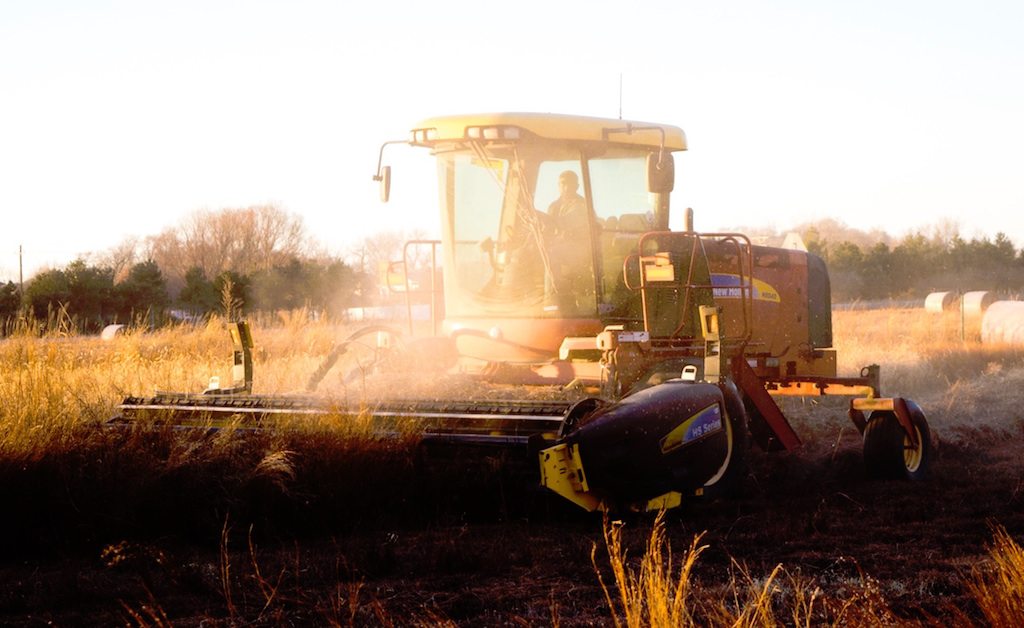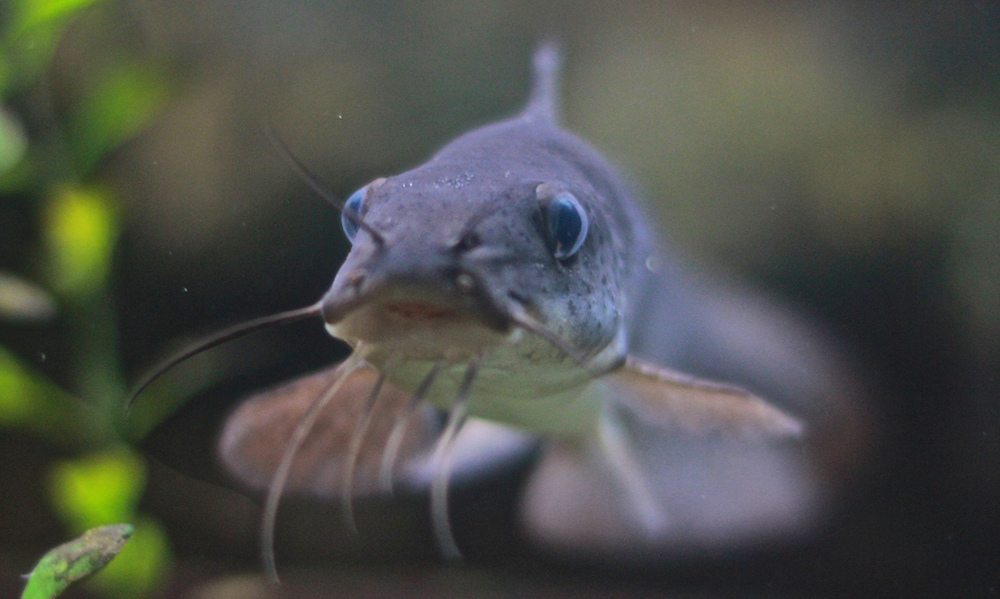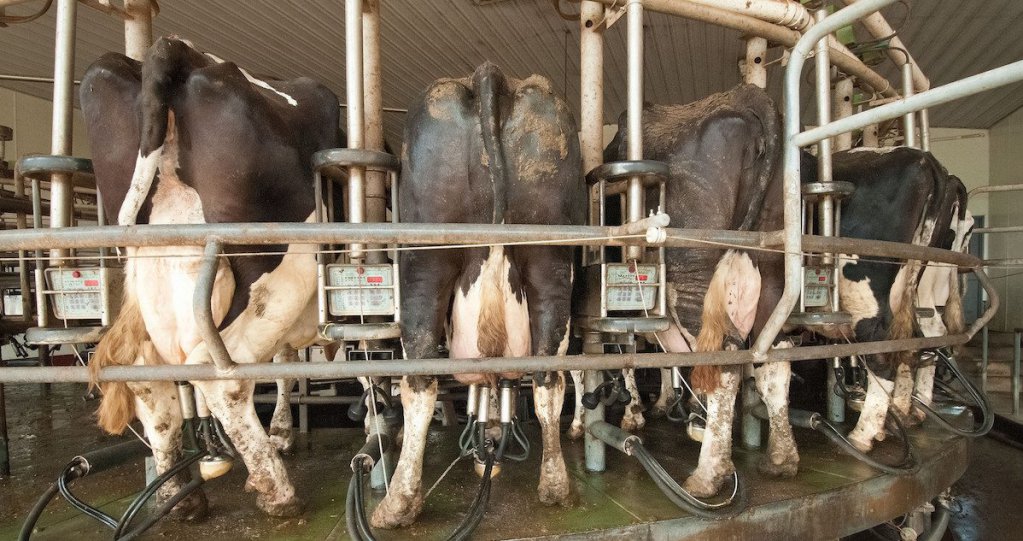
Joe
Beach weather is upon us, and (unless you have the misfortune to live in New Jersey, where the governor is responding to a budgetary crisis by, among other things, closing the seashore to everyone but himself and his family) that means it’s time to choose your summer reading.
If you’re passionate about food, that creates some problems. There are cookbooks, of course, and memoirs of gallivanting through Provence fork and spoon in hand. There are dire treatises on the fate of the food system. But if you want something lighter—maybe a thriller set in the dark and mysterious world of USDA meat inspectors?
We’ve got you covered.
Allow me to introduce to you M. G. Nelson, longtime vet and beef cattle farmer in the Upper Midwest, who has branched out into writing and publishing and has just released (via her own fledgling publishing house) the first of a projected series of novels starring Jessica Bergstrom, a doughty, stiff-necked, put-upon veterinarian. Think of Patricia Cornwell’s Kay Scarpetta without the cool clothes, the gourmet Italian food, the helicopters, the high-tech science, and the cool FBI-agent husband. Jessica’s like that.
Her first adventure is titled The Slaughterhouse Secrets, and though it’s not going to bump John Grisham off the best-seller list, it’s a nice read, and a good way to get a sense of life in that least-known of American food facilities: the cull slaughterhouse.
“Cull” in the beef business generally refers to dairy cows that have outlived their usefulness and are sent to slaughter. They’re an important part of the beef supply—something like 8 percent of the beef produced in the United States, and a significantly higher percentage of what you find in ground beef of fast-food burgers. But it’s not always a pretty business. Cull cows are often old, often sick. Sometimes they get hauled from auction to auction until they’re bought. Many are malnourished and stressed, often to the point where they’re barely on their feet.

As Nelson explains it, from her own experience as a USDA inspector, the battle to keep sick cows out of the meat supply starts outside the plant, before the animals have been officially accepted.
“A veterinarian has to check every live animal that comes into the plant,” she tells me. “You’re looking for anything lame, limping, obvious cancer, lesions on the eyes and animals that hang back, kind of droopy, different things like that. There’s experience that comes into play if the veterinarian has worked in practice or has a farm background for that matter.”
Animals that can’t move under their own power have become less of a problem for inspectors over the years. “Today, most plants will not even accept downed animals,” Nelson says. “They won’t even bother to bring them into the plant. However, if they’re on the plant property and they’ve been accepted into the pens, the veterinarian has to watch them—if they have to be euthanized, he has to make sure that they don’t get hauled back into the plant later to be slipped in. The plant I worked at, as far as I know, was pretty good about not doing that. Some of the relief vets that would go around to different plants—they would talk about how other plants would fight for every scrap of meat.”
Just as important as saving every scrap is saving every minute. When a vet spots a problem—an animal with obvious tumors, a carcass contaminated with fecal matter—it slows down or sometimes even stops the line, and no owner likes that. Nelson tells stories of being screamed at by plant managers when she (appropriately) condemned a diseased animal. In the setting of the slaughterhouse, where death and knives are all about, confrontations seem to get particularly ugly.
Anyway, the book has that and more: Creepy sexual harassment, wicked bureaucrats, drugs, threats, overwhelming vet-school loans, and, overall, a knowing look at a system that’s stressed to the breaking point. Nelson herself has been out of the USDA system for a decade, but if you read the news, it’s pretty clear that much of what she describes is still going on.
“We like to say inspection is based on science,” says Nelson, “but as I say in the book, a lot of it is politics.”





